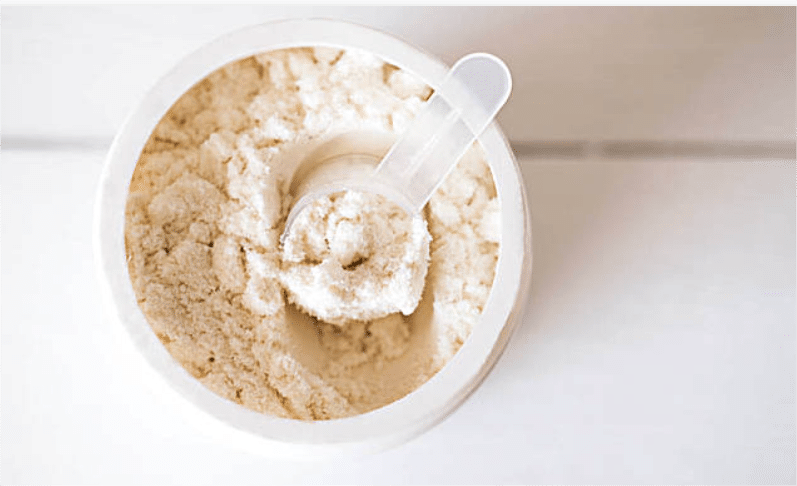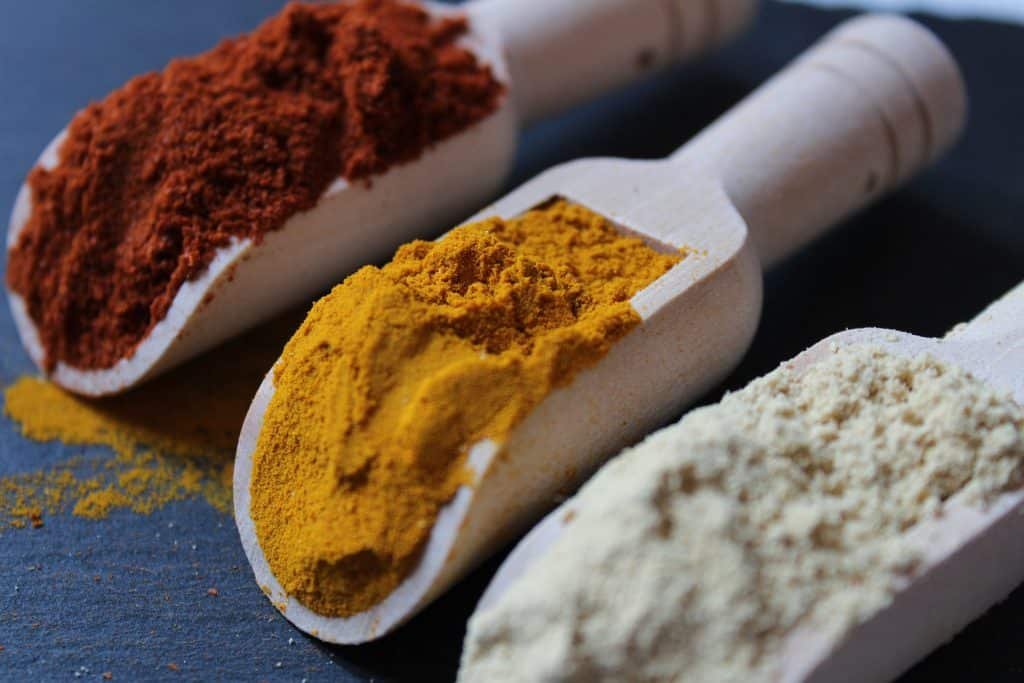Creatine Monohydrate vs HCl: A Comprehensive B2B Analysis
Hey there, supplement enthusiasts and industry insiders! Today, we’re diving deep into the world of creatine – specifically, the showdown between creatine monohydrate and creatine HCl. Buckle up, because we’re about to embark on a journey that’ll make you the go-to expert at your next board meeting or product development brainstorm!
The Basics: Getting to Know Our Contenders
Let’s start with a quick introduction to our star players:
Creatine Monohydrate
- Latin name: Creatine monohydrate
- CAS number: 6020-87-7
- Appearance: Fine, white crystalline powder
- Taste: Slightly bitter, but generally tasteless
- Common specs: 80, 100, 200 mesh
Creatine HCl (Hydrochloride)
- Latin name: Creatine hydrochloride
- CAS number: 6903-52-6
- Appearance: White to off-white crystalline powder
- Taste: Mildly acidic
- Common specs: 80, 100, 200 mesh
Both forms are typically produced to meet food-grade standards, with a shelf life of about 2-3 years when stored in a cool, dry place. They’re usually packaged in 25kg drums or 1kg bags, depending on the customer’s needs.
A Brief History: The Birth of Creatine Supplements
Creatine monohydrate burst onto the scene in the early 1990s, quickly becoming a staple in the world of sports nutrition. It was like the cool kid that everyone wanted to hang out with at the gym! Creatine HCl, on the other hand, is the new kid on the block, introduced in the mid-2000s as a potentially more soluble and bioavailable alternative.
Market Applications: Where Do They Shine?
Both creatine monohydrate and HCl have found their way into various products, but let’s break it down:
-
Creatine Monohydrate:
- Sports nutrition powders
- Pre-workout blends
- Post-workout recovery formulas
- Bulk powder supplements
-
Creatine HCl:
- Concentrated pre-workout supplements
- Capsules and tablets
- RTD (Ready-to-Drink) beverages
- Gummies (yes, creatine gummies are a thing now!)
Production Processes: How Are They Made?
Alright, let’s put on our lab coats for a moment!
Creatine Monohydrate:
The most common method involves the reaction of sarcosine (derived from glycine) with cyanamide. It’s like a little chemistry dance party in the lab! The resulting creatine is then purified and crystallized to form creatine monohydrate.
Creatine HCl:
This process starts with creatine monohydrate, which is then reacted with hydrochloric acid to form the hydrochloride salt. It’s like giving creatine monohydrate a makeover!
Both processes typically use food-grade solvents and follow strict quality control measures to ensure purity and safety.
Efficacy: The Battle of the Bulge (Muscle Bulge, That Is!)
Now, let’s get to the juicy part – how do these two forms stack up in terms of effectiveness?
Creatine Monohydrate:
- Extensively studied with decades of research backing its efficacy
- Proven to increase muscle strength and size
- Enhances exercise performance, especially in high-intensity, short-duration activities
- May improve cognitive function (your brain loves creatine too!)
Creatine HCl:
- Claimed to have better solubility and absorption
- Potentially effective at lower doses
- May cause less bloating or water retention
- Limited long-term studies compared to monohydrate
But here’s the kicker – while creatine HCl might have some potential advantages, most studies show that when it comes to actual performance and muscle gains, there’s no significant difference between the two. It’s like comparing a Ferrari to a Lamborghini – they’re both pretty darn awesome!
Safety: Is There a Dark Side?
Good news, folks! Both forms of creatine are generally considered safe for healthy adults. However, let’s break it down:
Creatine Monohydrate:
- Extensively studied with a long history of safe use
- Some users report minor gastrointestinal discomfort or bloating
- May cause water retention in some individuals
Creatine HCl:
- Less research on long-term safety, but no major concerns have been identified
- Claimed to cause less gastrointestinal issues due to better solubility
- Potentially less water retention
Remember, as with any supplement, it’s always a good idea to consult with a healthcare professional before starting a new regimen. Safety first, gains second!
The Science Behind the Swole: How Do They Work?
Both forms of creatine work by increasing the body’s stores of phosphocreatine, which helps regenerate ATP (the energy currency of cells) during high-intensity exercise. It’s like giving your muscles a turbo boost!
The main difference lies in their absorption:
- Creatine monohydrate is absorbed in the intestines and then converted to creatine phosphate in the muscles.
- Creatine HCl is thought to bypass the conversion process, potentially leading to faster absorption.
However, once in the muscle, both forms function essentially the same way. It’s like taking different routes to the same awesome destination!
Dosage and Timing: How Much is Just Right?
Here’s where things get interesting:
Creatine Monohydrate:
- Typical dose: 5g per day
- Loading phase (optional): 20g per day for 5-7 days, then 5g maintenance
- Can be taken any time of day, but post-workout is popular
Creatine HCl:
- Typical dose: 1.5-2g per day
- No loading phase necessary
- Often taken pre-workout due to claims of faster absorption
Both forms usually show effects within 2-4 weeks of consistent use. Patience, young grasshopper – Rome wasn’t built in a day, and neither were those biceps!
Market Trends: What’s Hot and What’s Not?
The global creatine market is booming, with an estimated value of over $500 million in 2020 and projected growth to reach nearly $1 billion by 2027. That’s a lot of gains!
- Creatine monohydrate still dominates the market, accounting for about 80% of creatine sales.
- Creatine HCl is gaining popularity, especially in the premium supplement sector.
- North America leads in creatine consumption, followed by Europe and Asia-Pacific.
- Growing interest in plant-based and vegan-friendly creatine sources.
Regulatory Landscape: Navigating the Red Tape
Here’s a quick rundown of how different countries view our creatine contenders:
- USA: Both forms are classified as dietary supplements by the FDA.
- EU: Considered food supplements, with specific regulations on labeling and marketing claims.
- Canada: Natural Health Products, regulated by Health Canada.
- Australia/New Zealand: Listed as complementary medicines by the TGA.
- Japan: Classified as Foods with Health Claims.
Always check local regulations before launching a product – what flies in Florida might flop in France!
The B2B Perspective: What Should You Consider?
If you’re in the business of buying or selling creatine, here are some key factors to keep in mind:
- Cost: Creatine monohydrate is generally cheaper to produce and purchase in bulk.
- Brand recognition: Monohydrate has stronger consumer awareness.
- Marketing potential: HCl offers opportunities for “premium” or “advanced” product positioning.
- Formulation flexibility: HCl’s higher solubility may be advantageous for certain product types.
- Supply chain: Monohydrate has a more established and diverse supplier base.
FAQ: What’s On Everyone’s Mind?
-
Is creatine HCl really more effective than monohydrate?
- While HCl may have better solubility, there’s no solid evidence it’s more effective for muscle gains or performance.
-
Can I mix creatine monohydrate and HCl?
- Yes, but there’s no proven benefit to doing so.
-
Will creatine make me gain weight?
- Initial weight gain is usually due to water retention, especially with monohydrate.
-
Is creatine safe for vegetarians/vegans?
- Yes, but check the source – some are made from animal products.
-
Can women take creatine?
- Absolutely! The benefits apply to all genders.
The Verdict: Which Creatine Reigns Supreme?
In the battle of creatine monohydrate vs HCl, there’s no clear knockout winner. It’s more like a friendly sparring match:
- Creatine monohydrate is the tried-and-true champion, with decades of research backing its efficacy and safety.
- Creatine HCl is the promising contender, offering potential benefits in solubility and reduced side effects.
For B2B decision-makers, the choice often comes down to target market, product positioning, and formulation requirements. It’s not about which is better – it’s about which fits your specific needs and goals.
Remember, at the end of the day, both forms can help your customers achieve their fitness goals. The real winner? The smart business that knows how to leverage the strengths of each!
Looking for a reliable source of high-quality creatine? Don’t hesitate to reach out to us at sales@collagensei.com. Gensei Global Industries is an FDA-certified manufacturer with ISO, HALAL, KOSHER, and MSC certifications. With warehouses in California and New York, we’re ready to meet your creatine needs, whether it’s monohydrate, HCl, or any other supplement ingredient. From sourcing to custom formulations, we’ve got you covered. Let’s create something amazing together!
https://collagensei.com/wp-content/uploads/2024/07/Creatine-HCL.png




